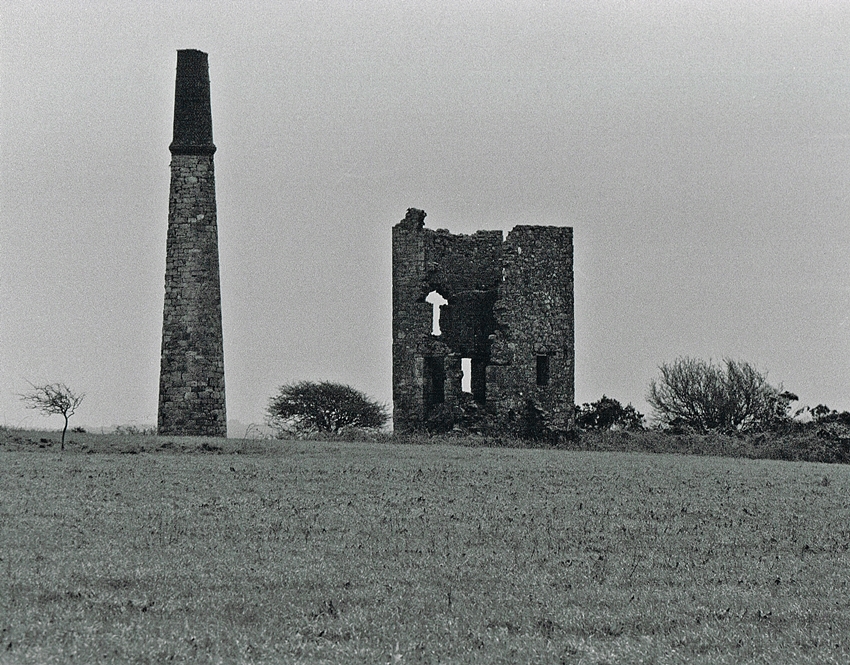This page St Austell Mines covers the mines and opencast workings in the St Austell area of Mid-Cornwall. This is an area I have not spent a lot of time around, however that will change in the following months. So the area is predominantly known as a producer of China Clay, by the mid 19th century 65,000 tonnes of china clay were being mined every year.
There are also the remains of many great mines: Fowey Consols; Great Polgooth Mine; Great Dowgas Mine; South Polgooth Mine; St Austell Consols to name a few. Fowey Consols alone produced in excess of 300,000 tons of Copper.

For more images of the modern China Clay Industry follow the link: Littlejohns China Clay Pit
In 2016 I was very lucky to investigate several used pits in the St Austell Area. There is now a significant set of pages containing over 200 images which are well worth a look.
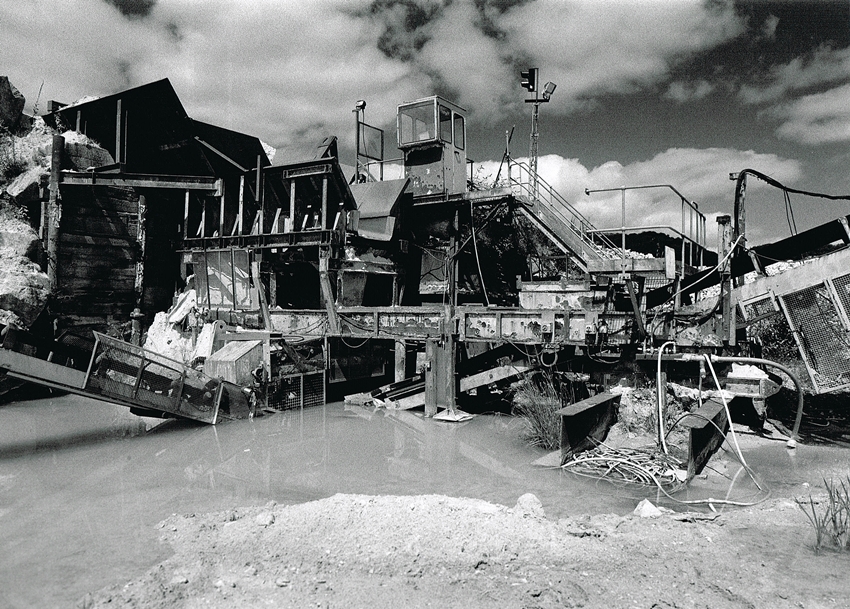
To see the full set of pages follow this link: The Clay Area

I visited this site during the late 1990’s to take images for Tony Brooks for use in his book on the Mine’s history. The remains on site were considerable with many building survivals, the atmosphere of the site was considerable, and the photo opportunities were many. In fact, I perhaps went overboard with the images I took.
But the site was unique and the weather for photography was perfect, so I went for it.
To see more images follow this link: Castle-an-Dinas Mine Galley
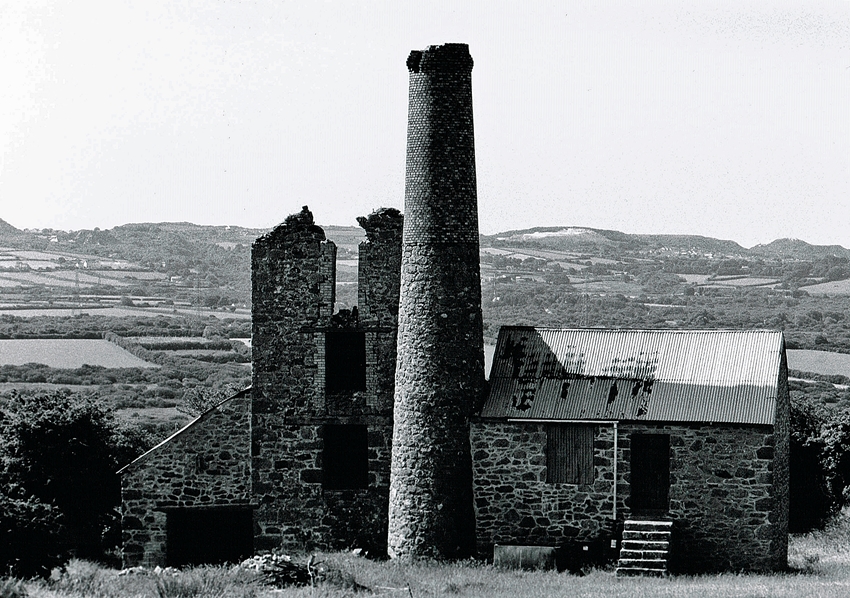
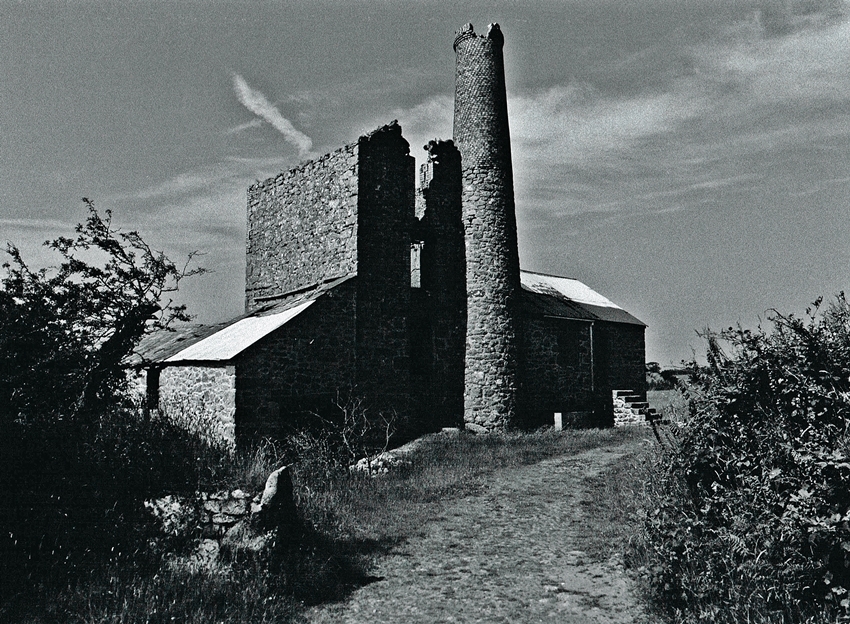
Meanwhile on the southern flank of Belowda Beacon there are two forgotten Clay Pits which are hidden by trees. On the road to Tregonetha there are the gaunt remains of the Clay processing building.


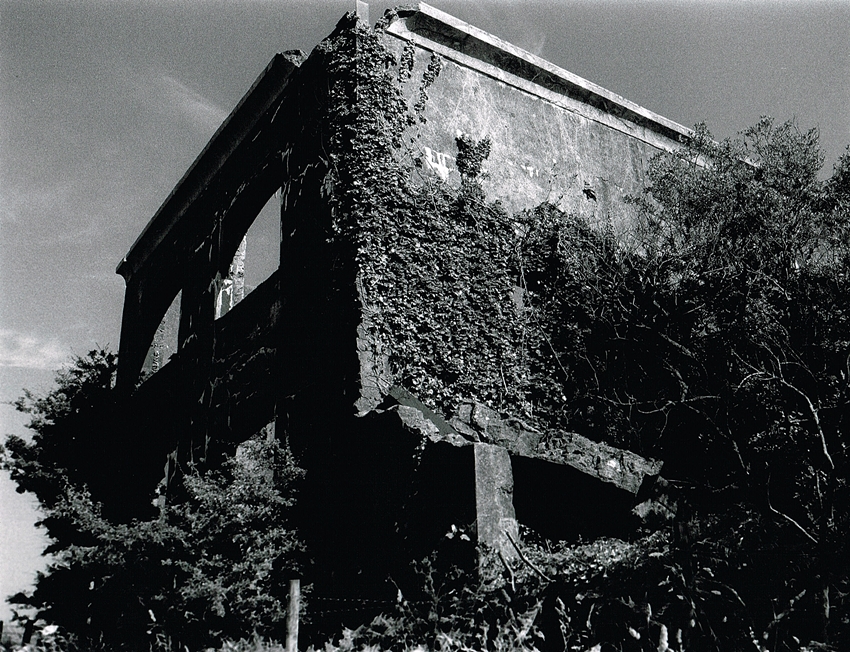
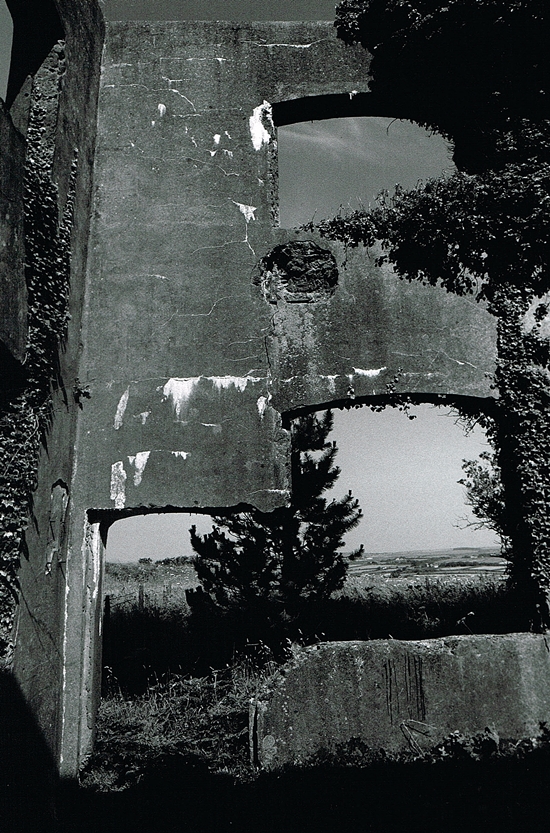
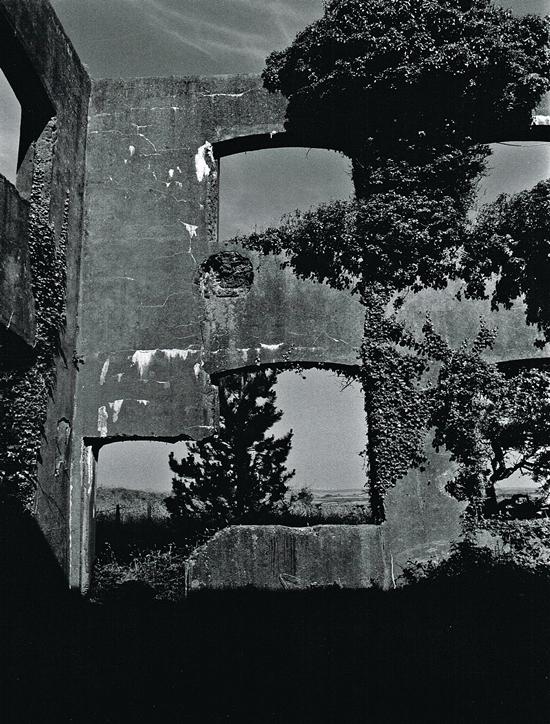
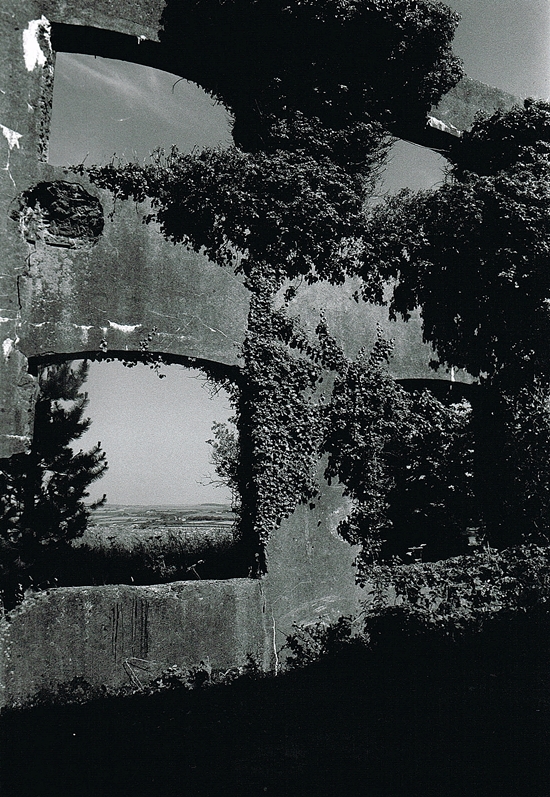
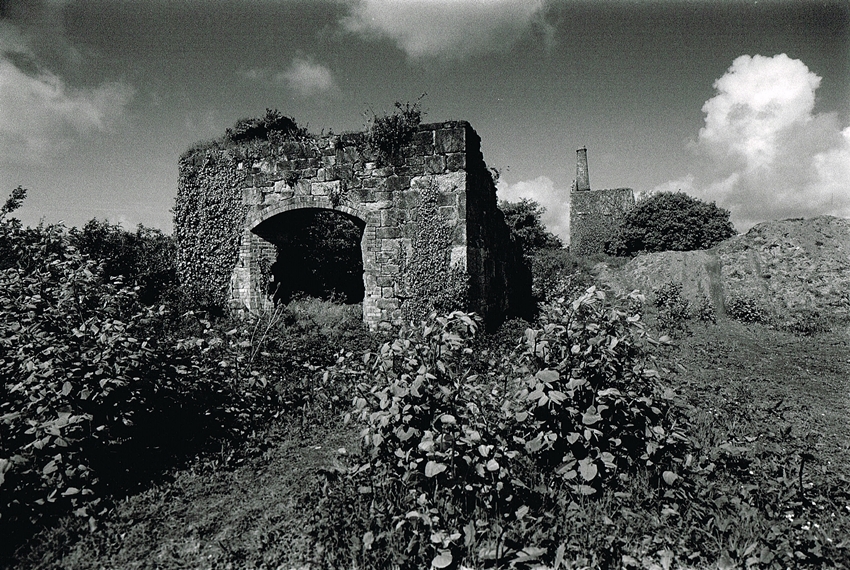
To see more images follow this link: South Polgooth Mine
